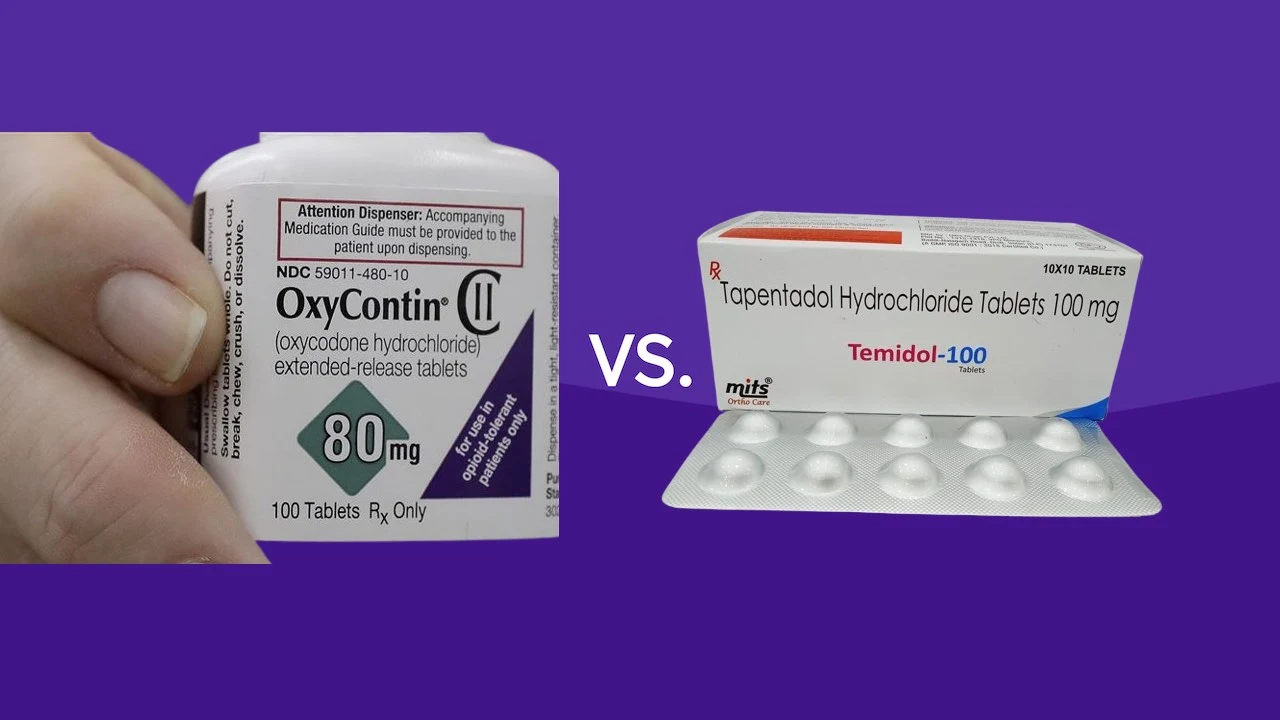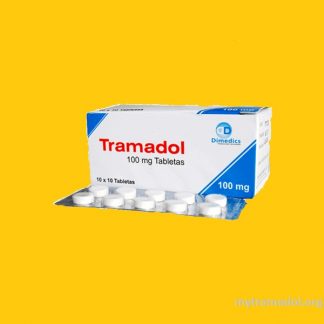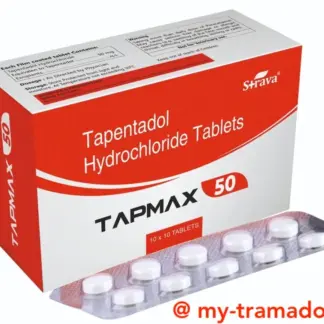
Effective pain management is a crucial aspect of healthcare, and opioid analgesics play a significant role in treating moderate to severe chronic pain. Among the various options available, tapentadol and oxycodone have gained widespread attention for their analgesic effects. While both medications are opioid-based, they have distinct characteristics that set them apart. In this article, we will explore the nuances of tapentadol vs oxycodone, shedding light on their mechanisms of action, efficacy, side effects, and clinical considerations.
Mechanisms of Action:
Tapentadol and oxycodone belong to the opioid class of medications, but their mechanisms of action differ. Tapentadol is a dual mechanism of action analgesic, acting as a mu-opioid receptor agonist and inhibiting norepinephrine reuptake. This unique combination allows it to provide pain relief while potentially minimizing certain opioid-related adverse events. On the other hand, oxycodone is a pure mu-opioid receptor agonist, exerting its analgesic effects primarily through the central nervous system.
Efficacy and Pain Relief:
Both tapentadol and oxycodone have demonstrated effectiveness in managing moderate to severe chronic pain. However, their relative potency and efficacy profiles differ. In clinical trials, tapentadol has been compared to oxycodone controlled release (CR) formulations, with studies suggesting similar analgesic effects. Patients received tapentadol or oxycodone groups and reported comparable pain intensity reductions on numerical rating scales.
Side Effects and Safety Profiles:
As with any opioid therapy, tapentadol and oxycodone carry the potential for side effects. Common side effects associated with tapentadol include nausea, constipation, dizziness, and somnolence. Oxycodone, on the other hand, may cause side effects such as nausea, constipation, sedation, and respiratory depression, which are typical of opioid medications.
One key difference lies in the potential for adverse events related to the central nervous system. Due to its dual mechanism of action, tapentadol may have a lower risk of certain adverse events compared to oxycodone, which is a pure opioid agonist. However, it is important to note that both medications should be used with caution and under proper medical supervision.
Abuse and Dependence Potential:
Both tapentadol extended release and oxycodone have the potential for abuse and dependence, as they are opioid analgesics. However, some studies suggest that tapentadol may have a lower risk of abuse and dependence compared to oxycodone. This is attributed to its unique dual mechanism of action, which may contribute to a reduced reinforcing effect.
Patient Considerations: When prescribing either tapentadol or oxycodone, healthcare providers must carefully consider individual patient factors, such as age, comorbidities, and concomitant medications. Patients with a history of substance abuse or respiratory disorders may require additional monitoring and precautions.
In addition, proper patient education on the appropriate use, storage, and disposal of these medications is crucial to mitigate the risks of misuse and diversion.
Tapentadol vs Oxycodone: A Comparative Overview
To summarize the key differences between tapentadol and oxycodone, here’s a table for quick reference:
To summarize the key differences between tapentadol and oxycodone, here’s a table for quick reference:
| Characteristic | Tapentadol | Oxycodone |
|---|---|---|
| Mechanism of Action | Mu-opioid agonist + norepinephrine reuptake inhibitor | Pure mu-opioid agonist |
| Analgesic Effects | Similar to oxycodone CR in clinical trials | Effective for moderate to severe chronic pain syndromes |
| Side Effects | Nausea, constipation, dizziness, somnolence | Nausea, constipation, sedation, respiratory depression |
| Abuse and Dependence Potential | Potentially lower than oxycodone | Higher risk of abuse and dependence |
| Special Considerations | Lower risk of certain CNS adverse events | Caution with respiratory disorders, substance abuse history |
| How To Purchase Online? | Buy Tapentadol Online | Buy Oxycodone Online |
above table provides a study compared of tapentadol and oxycodone based on their mechanisms of action, analgesic effects, side effect profiles, abuse and dependence potential, and special considerations for healthcare providers.
Conclusion:
Tapentadol and oxycodone are both valuable options for managing moderate to severe chronic pain. While they share some similarities as opioid analgesics, their distinct mechanisms of action, side effect profiles, and potential for abuse and dependence set them apart. Healthcare providers must carefully evaluate each patient’s specific needs and weigh the potential benefits and risks of these medications. By understanding the nuances of tapentadol vs oxycodone, healthcare professionals can make informed decisions and provide personalized pain management strategies for their patients.




